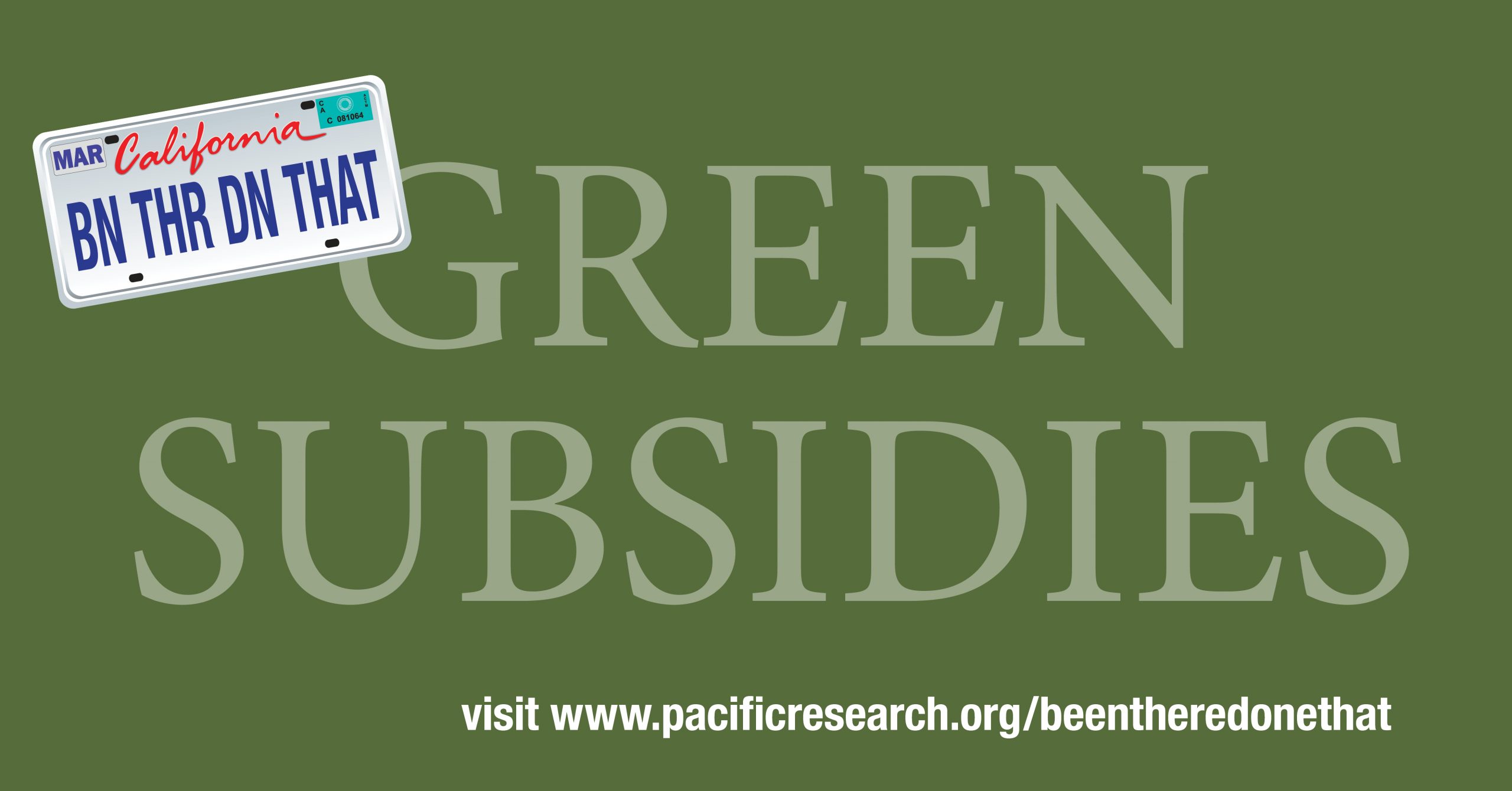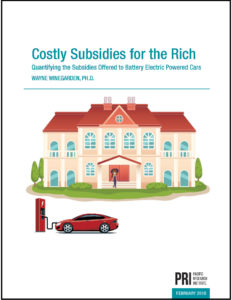 |
|
President Biden has proposed $174 billion in federal electric car subsidies, which research shows have been little more than giveaways to wealthy car buyers. |
|
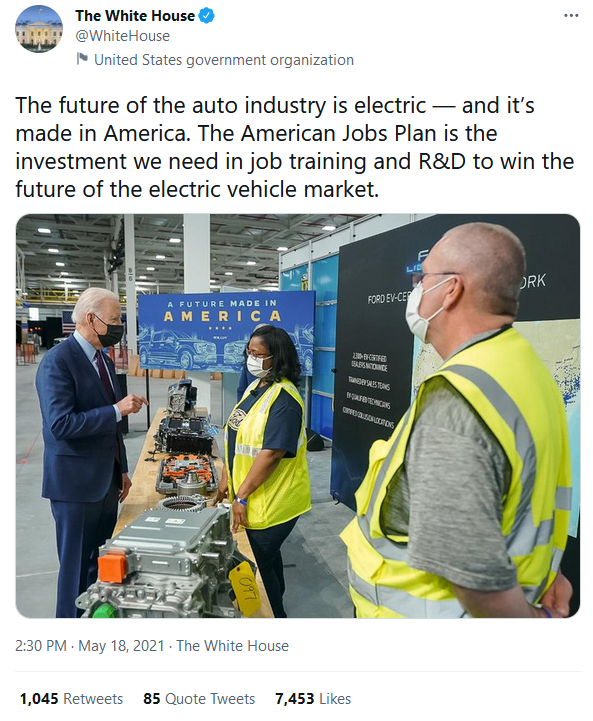 |
|
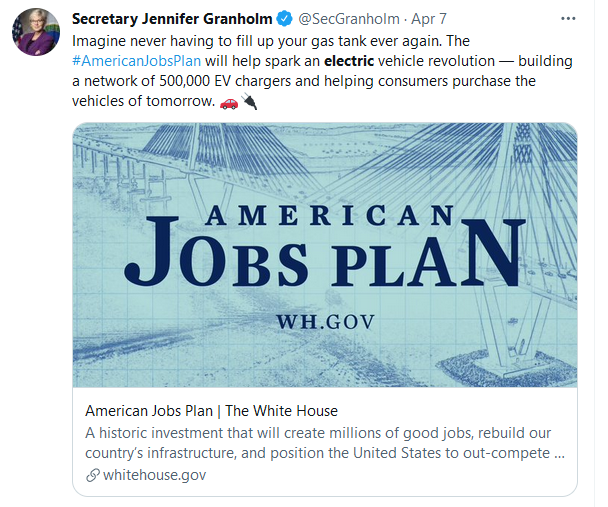 |
|
California Has “Been There, Done That” |
|
| California is one of the nation’s leaders in offering taxpayer-funded subsidies to purchase new electric cars.
State tax credits and subsidies vary but can add up to $13,000 or more per consumer in states like California, when combined with all available local and federal credits. As the experience from California shows, the hundreds of millions in electric car subsidies that taxpayers are paying for are just another giveaway to the wealthy. |
|
How The California Blue Wave Could Fuel Another Taxpayer-Funded Giveaway to the Wealthy
|
|
| “79 percent of tax credits for electric car subsidies were claimed by households with incomes greater than $100,000 per year. Add in households making more than $50,000 per year and the figure jumps to 99 percent.”
— “Are California’s Poor Losing Out In State’s Drive For Clean Energy Future?,” Wayne Winegarden, Orange County Register, 3/7/18 |
“Even with the most recent advances, the driving range of electric vehicles is less than the average driving range for a gas-powered vehicle. Lower-income families do not have the luxury to purchase secondary cars that have restricted driving ranges.”
— “State Leaders Admit California Is Subsidizing the Rich at the Expense of the Poor,” Wayne Winegarden, Right by the Bay, 12/10/19 |
| “Electric cars are significantly more expensive than traditional, gas-powered models. The average price of the 10 electric cars with the longest ranges in 2017 was nearly $42,000 — compared with $34,000 for an average new car and $20,000 for an average new compact car.”
— “Are Electric Car Subsidies Just Giveaways To The Wealthy?,” Wayne Winegarden, Investor’s Business Daily, 4/10/18 |
Read the PRI study: “Costly Subsidies for the Rich” |
Ending Giveaways to the Wealthy Paid for by Working Class Americans |
|
| There’s nothing wrong with electric vehicles. Many companies are producing cool and innovative vehicles that may become the cars of the future. But government playing car salesman by subsidizing electric vehicles hurts the poor and undermines other, potential low-emission technology.
If Washington wants to plan for a future with lower-emission cars, they should embrace the power of the free-market and remove the government-imposed barriers that make it so costly to build cars in the United States and drive-up sticker prices. There is an opportunity cost when government spends significant sums on electric car subsidies. Washington would be wise to move to a future where electric cars can be made cheaply and efficiently – and lets Americans keep more of what they earned to spend as they wish. Only then – with more money in their pockets and more affordable electric cars in showrooms – will poor and working-class Americans consider buying an electric vehicle. |
|
Visit www.pacificresearch.org/beentheredonethat |
|
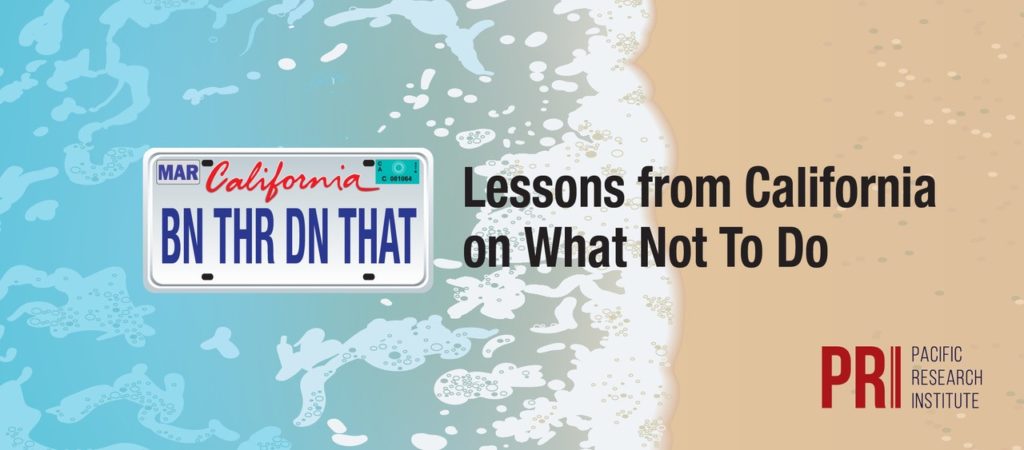 |
|
